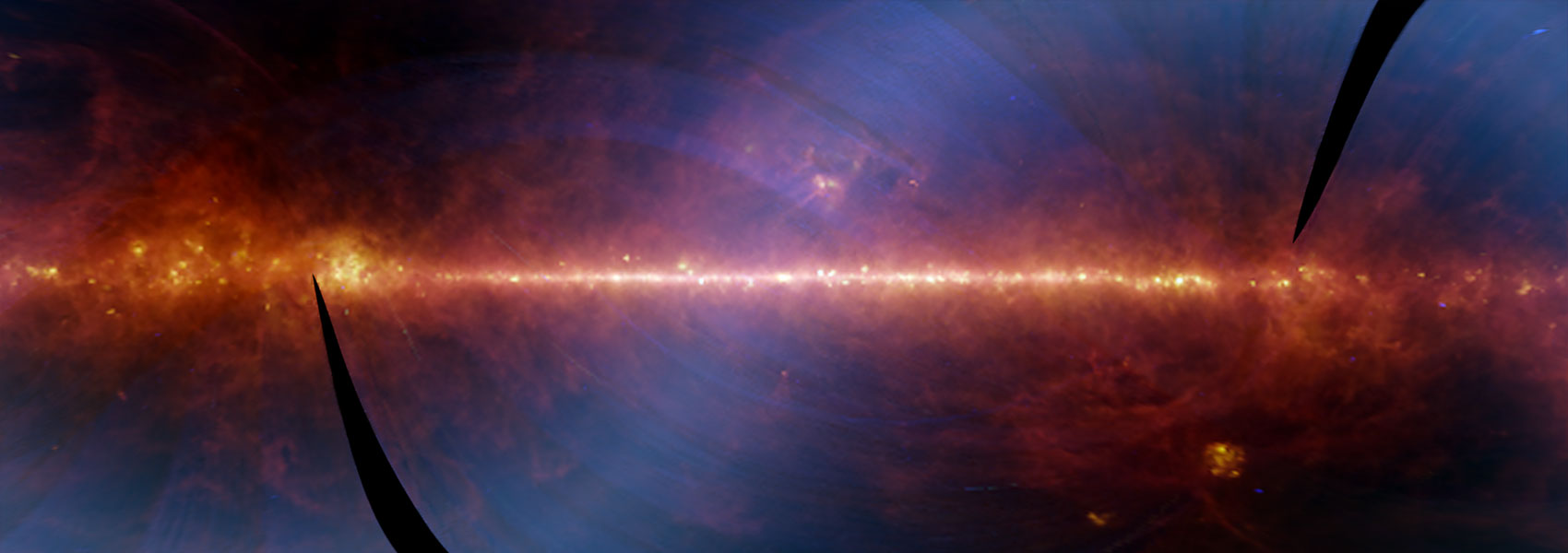January
2012
•
2012ApJ...744..150B
Authors
•
Bussmann, R. S.
•
Dey, Arjun
•
Armus, L.
•
Brown, M. J. I.
•
Desai, V.
•
Gonzalez, A. H.
•
Jannuzi, B. T.
•
Melbourne, J.
•
Soifer, B. T.
Abstract
•
The Spitzer Space Telescope has identified a population of ultraluminous infrared galaxies (ULIRGs) at z ~ 2 that may play an important role in the evolution of massive galaxies. We measure the stellar masses (M *) of two populations of Spitzer-selected ULIRGs that have extremely red R - [24] colors (dust-obscured galaxies, or DOGs) and compare our results with submillimeter-selected galaxies (SMGs). One set of 39 DOGs has a local maximum in their mid-infrared (mid-IR) spectral energy distribution (SED) at rest frame 1.6 μm associated with stellar emission ("bump DOGs"), while the other set of 51 DOGs have power-law mid-IR SEDs that are typical of obscured active galactic nuclei ("power-law DOGs"). We measure M * by applying Charlot & Bruzual stellar population synthesis models to broadband photometry in the rest-frame ultraviolet, optical, and near-infrared of each of these populations. Assuming a simple stellar population and a Chabrier initial mass function, we find that power-law DOGs and bump DOGs are on average a factor of 2 and 1.5 more massive than SMGs, respectively (median and inter-quartile M * values for SMGs, bump DOGs, and power-law DOGs are log(M */M ⊙) = 10.42+0.42 - 0.36, 10.62+0.36 - 0.32, and 10.71+0.40 - 0.34, respectively). More realistic star formation histories drawn from two competing theories for the nature of ULIRGs at z ~ 2 (major merger versus smooth accretion) can increase these mass estimates by up to 0.5 dex. A comparison of our stellar masses with the instantaneous star formation rate (SFR) in these z ~ 2 ULIRGs provides a preliminary indication supporting high SFRs for a given M *, a situation that arises more naturally in major mergers than in smooth accretion-powered systems.
Links




